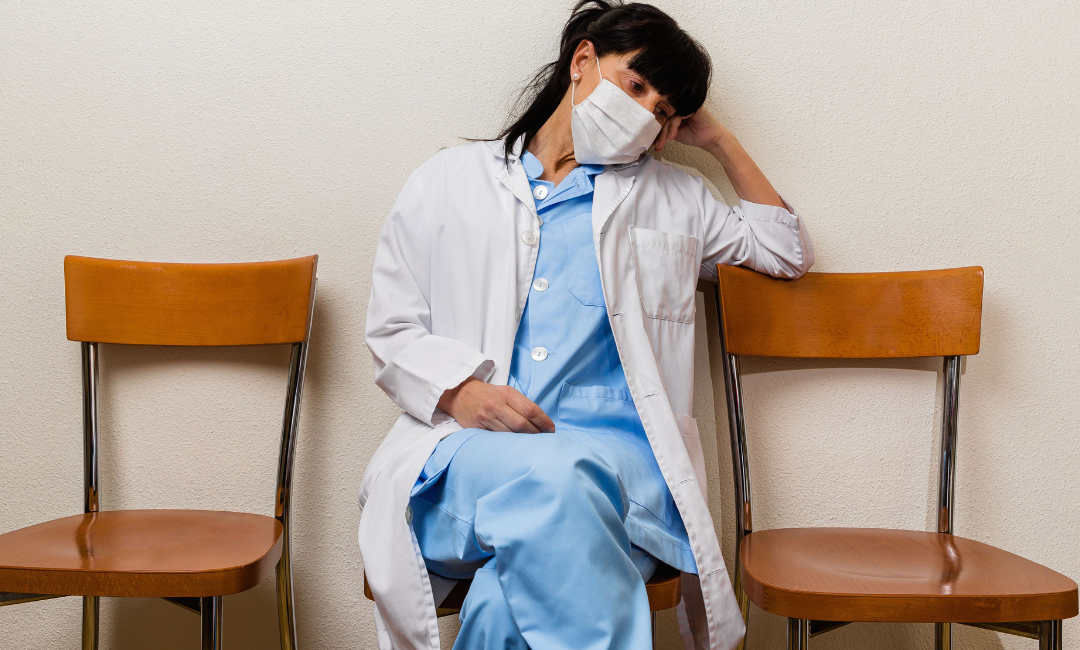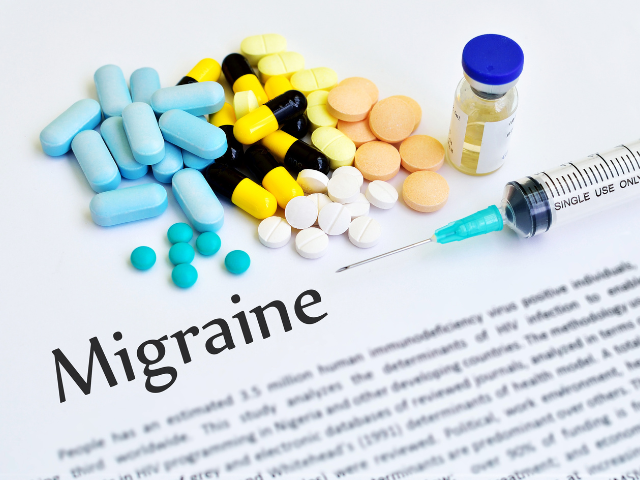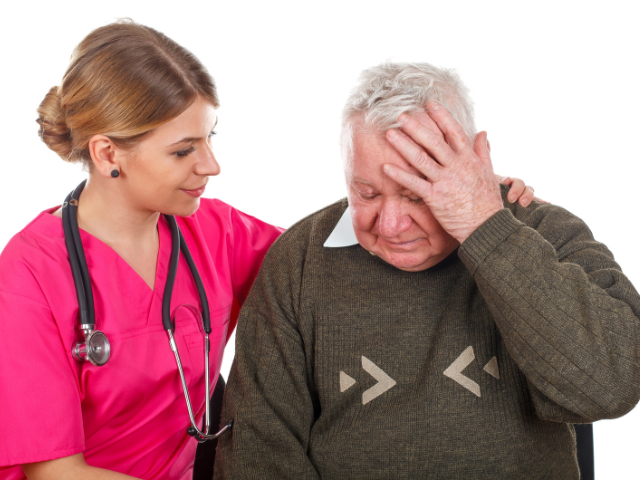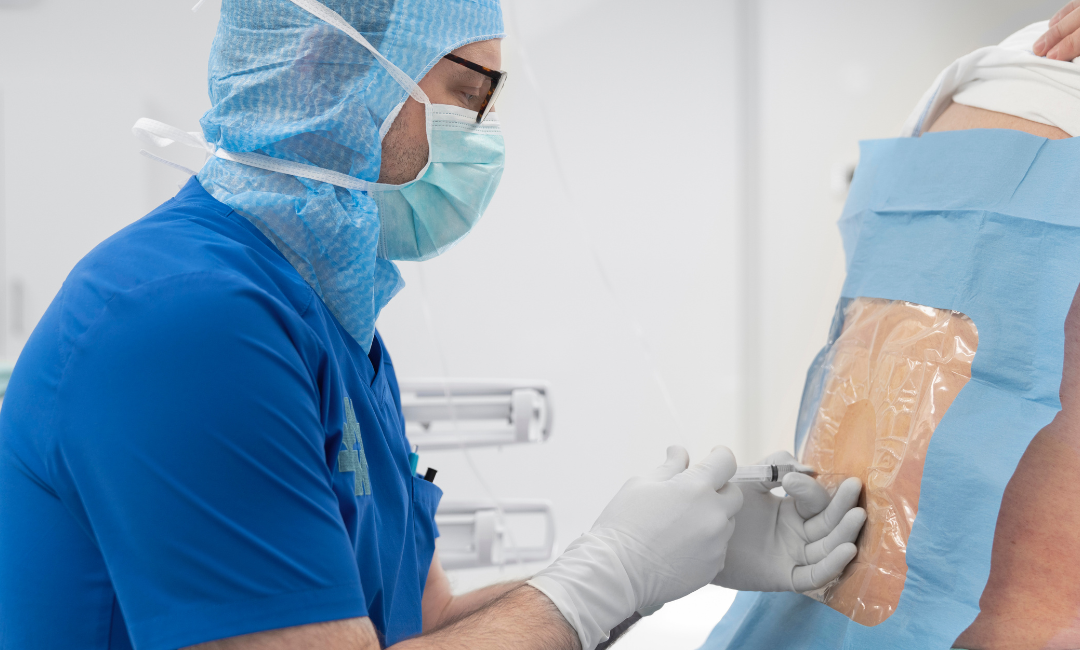Common Migraine Triggers
There are many foods and drinks that can trigger migraines that people are not aware of, such as:
- Alcohol (especially red wine and beer).
- Chocolate.
- Aged cheese.
- Cured meats.
- Smoked fish.
- Yeast extract.
- Food preservatives containing nitrates, nitrites, artificial sweeteners, and monosodium glutamate (MSG).
Many of these patients could be eating or drinking these migraine triggers daily without even knowing it. Healthcare professionals must educate their patients about common trigger foods and encourage them to keep a food diary and a headache diary to help identify what they ate before a migraine episode. Patients will find that some foods can trigger a headache immediately, while the headache can be delayed up to 24 hours with other foods. If a patient identifies a specific food that is triggering migraine episodes, it is recommended that they try to avoid that food for a month and monitor their symptoms to see if they improve.
Along with diet, several herbs, vitamins, and minerals can help prevent migraines. Those inclue:
- Magnesium: a mineral used to prevent migraine attacks.
- Riboflavin: a vitamin, also known as B2, shown in high doses to prevent migraine episodes.
- Co-enzyme Q10 (CoQ10): an antioxidant that, when taken regularly, has been effective in reducing the frequency and intensity of migraines.
- Feverfew: a plant that can be used as a preventive treatment, but its effectiveness has not been well-proven.
- Butterbur: an active component of butterbur called petasin may have anti-inflammatory and other effects.
Regardless of which method a migraine patient tries, they must be upfront with their providers about using such supplements and remember that it can take two to three months of consistent use to see benefits. Those who are pregnant or considering pregnancy should discuss using supplements with their physician in advance.
In addition to diet modification, healthcare professionals must remember that migraine episodes often have multiple contributing factors. Many non-dietary factors could be at play.
Providers should evaluate patients for lifestyle triggers. If the patient is already stressed, not sleeping well, and not exercising, consuming food or drink triggers might make it more likely to have a migraine episode. In this case, the combination of factors could contribute to the migraine, not just one food or drink.
Lastly, the healthcare professional should ask their patient about exercise. For some patients, exercise could trigger (or worsen) an attack. However, exercise can often reduce the frequency, severity, and duration of migraine attacks. It is believed that exercise elevates levels of beta-endorphins, chemicals that can reduce stress and pain and reduce migraine episodes. Providers should encourage patients to partake in the recommended amount of exercise: 30 to 50 minutes of moderate-intensity aerobic activity at least three days per week.









